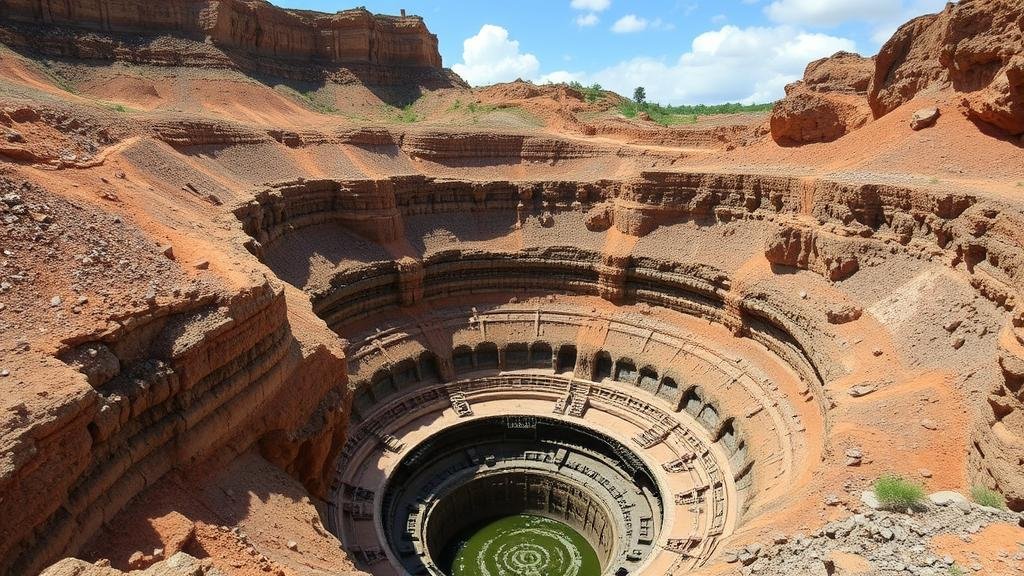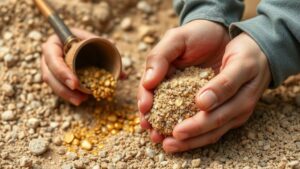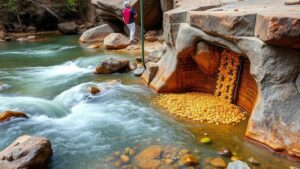Ancient Open-Pit Mining Methods for Copper and Tin Recovery
Ancient Open-Pit Mining Methods for Copper and Tin Recovery
The history of metal extraction dates back thousands of years, with ancient civilizations discovering and developing techniques to recover valuable minerals such as copper and tin. Open-pit mining, a method that involves the removal of surface layers to access valuable ores beneath, has been used since antiquity. This article explores the methods employed in ancient open-pit mining for copper and tin recovery, illustrating the ingenuity of early mining practices.
Historical Context
Copper and tin have played crucial roles in early technological advancement, particularly in the Bronze Age, when the alloying of these two metals laid the foundation for stronger and more durable tools and weapons. Archaeological evidence suggests that mining activities for these metals began as early as 4000 BCE in regions such as the Near East and Europe.
Techniques Used in Open-Pit Mining
The methods of ancient open-pit mining were rudimentary but effective, utilizing tools made from stone and later, metals. Key steps included:
- Site Selection: Locating ore deposits was critical. Ancient miners often relied on surface indicators, such as mineralization or the presence of oxidized copper.
- Excavation: Miners used basic tools such as hammers and chisels to break apart rock. Evidence shows that they also employed fire-setting, a technique involving heating rock with fire and then cooling it rapidly with water to crack the material for easier removal.
- Transport: Once extracted, ores were manually transported using baskets or sledges. In some cultures, the development of wheeled transport facilitated easier movement of heavy ore loads.
These techniques ensured that ancient miners could efficiently access copper and tin deposits, often creating large open-pit quarries visible even today.
Case Study: The Great Orme Copper Mine
One of the most notable examples of ancient open-pit mining is the Great Orme Copper Mine in Wales. Dating back to the Bronze Age, this extensive network of tunnels and surface workings illustrates the sophistication of early mining. Archaeologists believe that miners excavated over 100,000 tons of copper during its operational period using primarily manual methods.
The Great Orme site features evidence of early smelting operations, indicating a rich understanding of metallurgy among its ancient miners. This site is not only a testament to the mining techniques employed but also sheds light on the trade of copper in ancient societies.
Environmental Impact
While ancient open-pit mining was essential for resource recovery, it also had environmental implications. The removal of surface layers led to deforestation and soil erosion, significantly altering local ecosystems. Plus, the disposal of mining waste, which often contained toxic elements, could lead to long-term contamination of surrounding water sources.
Technological Advances Over Time
As societies evolved, so too did mining techniques. The introduction of more sophisticated tools, such as the bow drill and later, steam power, allowed for deeper mining and more efficient ore recovery. The Romans, for instance, advanced mining practices by employing hydraulic mining techniques to access low-grade ores that were previously unfeasible to extract.
Modern Implications
The ancient methods of open-pit mining laid the groundwork for contemporary mining practices. Today, engineers and miners continue to apply some of the principles developed in ancient times, although with significantly enhanced technology and sustainability practices. Modern mining operations are equipped with state-of-the-art machinery for excavation and ore processing, which allows for the efficient recovery of metals while mitigating environmental impacts.
Conclusion
The evolution of open-pit mining for copper and tin recovery reflects the ingenuity and resourcefulness of ancient civilizations. While their methods may seem primitive by today’s standards, they established foundational practices that are still relevant in the modern mining sector. By studying ancient techniques, we gain valuable insights into both historical resource management and contemporary sustainability in mining operations.



